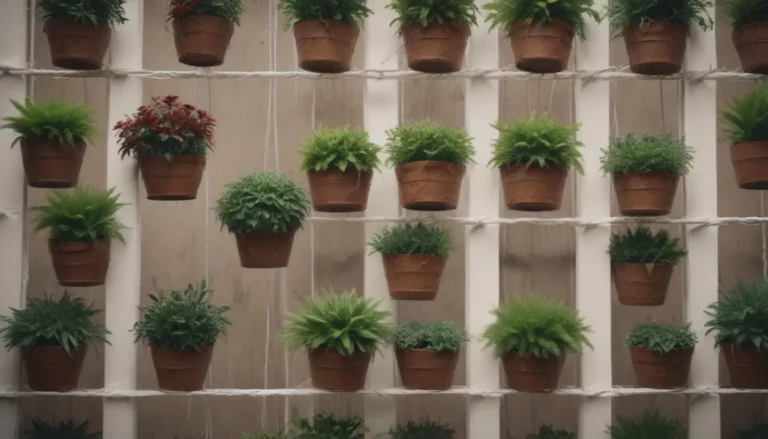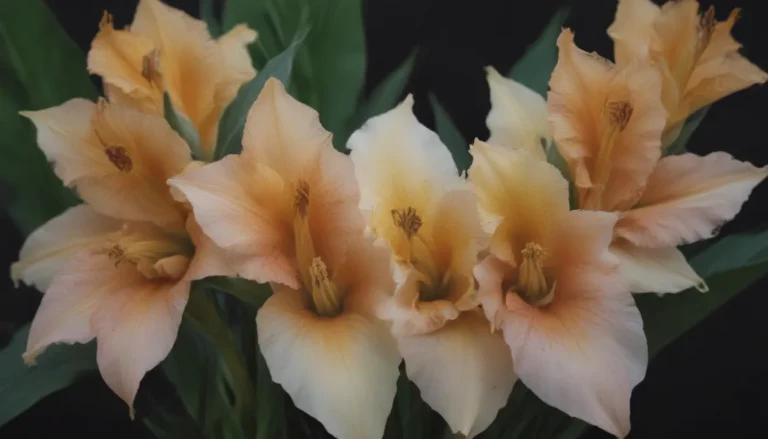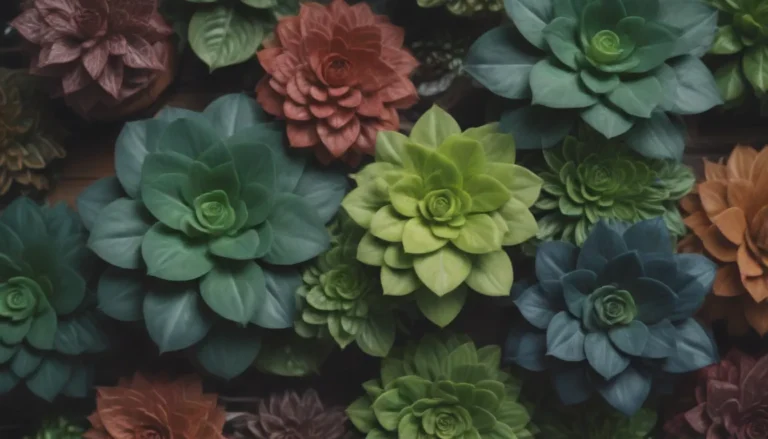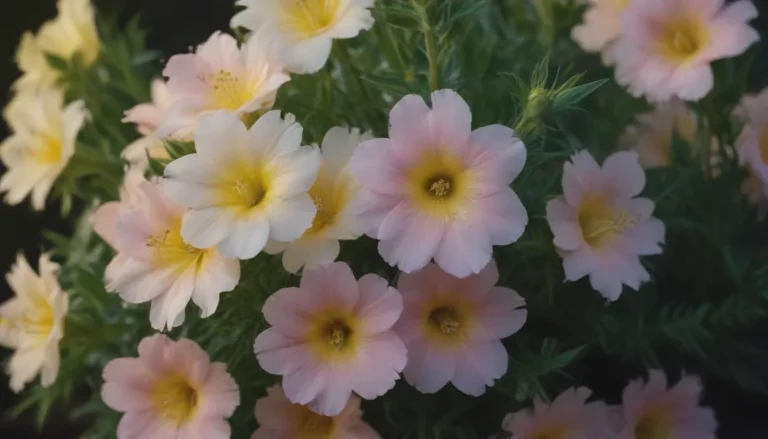The Colorful World of Cauliflower: Why Does My Cauliflower Turn Purple?

Have you ever gone out to your garden and noticed that your once white cauliflower heads are now displaying a vibrant shade of purple around the edges? Before you panic, let’s explore why this happens and what you can do about it.
The Science Behind Purple Cauliflower
Genetically, many cauliflower varieties tend towards purple, red, or blue pigments. The purple color in cauliflower is caused by the presence of anthocyanin, a harmless water-soluble pigment found in the curd – the round head of compact flower buds that we commonly eat. This pigment is the same one found in red cabbage and is responsible for the striking coloration.
What Causes Cauliflower to Turn Purple?
If your cauliflower is displaying a purple tinge, it’s likely due to a combination of factors. Cauliflower is a cool-weather vegetable, and excessive heat and sunlight hitting the developing heads can exaggerate the purple color along the edges. Additionally, low soil fertility or extreme temperatures can lead to this color change.
How to Prevent Purple Cauliflower
If you’re looking to avoid the purple hue in your cauliflower, there are a few steps you can take to ensure a pristine white head:
- Plant at the Right Time: Cauliflower is usually ready to harvest within 60 days. Ensure you’re planting at the right time to avoid extreme temperatures that can cause purple discoloration.
- Maintain Optimal Soil Conditions: Cauliflower thrives in well-drained, fertile soil with a pH of 6 to 7. Test your soil and amend it with compost if necessary to provide the nutrients your plants need.
- Blanching: To get perfectly white cauliflower, consider blanching the developing heads by covering them with leaves to protect them from sunlight.
Blanching Cauliflower for Perfectly White Heads
Blanching is a technique that helps maintain the white color of cauliflower heads by protecting them from sunlight. Here’s how you can blanch your cauliflower:
- Start checking your plants about 30 days after transplanting them into the garden.
- When you see a cauliflower curd about the size of an egg, it’s time to blanch.
- Draw the surrounding leaves up and around the head of the cauliflower, and tie them with garden twine to keep the curd protected.
Is Purple Cauliflower Safe to Eat?
If your cauliflower has turned purple, there’s no need to worry – it’s perfectly safe to eat! Purple cauliflower has a mild, sweet, nutty flavor that some find even more enjoyable than the traditional white variety. Whether eaten raw or cooked, purple cauliflower adds a pop of color and flavor to your dishes. Just be aware that when cooked, the purple color may turn gray, but adding a bit of vinegar to the cooking water can help minimize this effect.
Embracing the Purple Cauliflower Trend
Purple cauliflower varieties have gained popularity for their unique color and added nutritional benefits. Some popular varieties include Sicilian Violet, Rambo Purple, and Purple Cape, each offering a vibrant addition to your garden and plate. These brightly colored cauliflowers contain anthocyanin, a powerful antioxidant that provides unique health benefits.
Adding Color to Your Plate
Whether you’re looking to enjoy the sweet and nutty flavor of purple cauliflower or simply want to add some visual interest to your dishes, incorporating colorful vegetables into your meals can be a fun and creative experience. Try pairing purple cauliflower with other colorful foods like purple cabbage, Japanese eggplant, or purple potatoes for a visually stunning meal.
In conclusion, the next time you spot a purple tint on your cauliflower heads, remember that it’s simply nature’s way of adding some variety to your garden. By understanding the factors that contribute to this color change and taking preventive measures, you can enjoy a bountiful harvest of cauliflower, whether white or purple, in your garden. Happy gardening!





